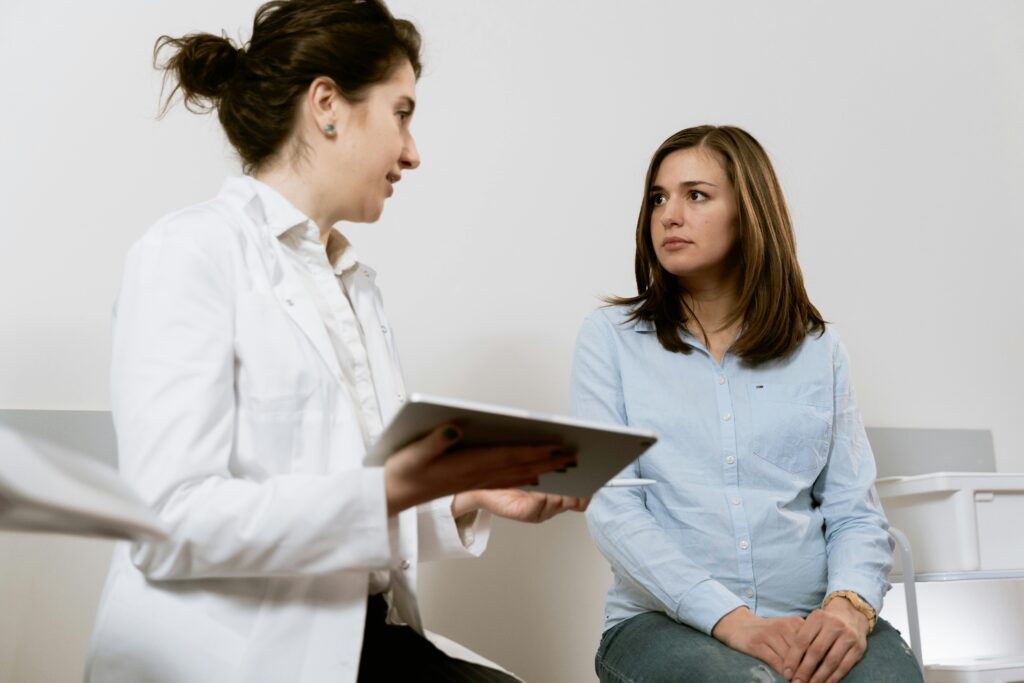Cervical Cancer Awareness: What Every Woman Should Know

January is Cervical Cancer Awareness Month, and while it’s not a topic we often discuss, it’s more common than you might think. According to the American Association for Cancer Research, more than 13,000 women are diagnosed with cervical cancer each year—and sadly, over 4,000 lose their lives to this disease.
This isn’t meant to scare you but to empower you with the knowledge to protect yourself. Knowing the risks, symptoms, and ways to prevent cervical cancer can make all the difference in safeguarding your health.
What is Cervical Cancer?
Cervical cancer occurs when abnormal cells in the cervix grow out of control. The cervix is the lower part of the uterus that connects to the vagina, and it plays an essential role in women’s reproductive health. While this type of cancer can be life-threatening if left untreated, the good news is that it’s often preventable and treatable when caught early.
How Do You Get Cervical Cancer?
Nearly all cases of cervical cancer are caused by high-risk strains of the human papillomavirus (HPV). HPV is a common infection transmitted through intimate contact. Approximately 80% of women will acquire HPV at some point in their lives, according to the Centers for Disease Control and Prevention (CDC).

Here’s what you need to know:
- Having HPV doesn’t mean you’ll get cervical cancer.
- For most women, the body clears the infection naturally.
- However, when high-risk HPV strains are left undetected or untreated, they can lead to cell changes in the cervix that may develop into cancer over time.
It’s important to note that there’s no shame in an HPV diagnosis. It’s common and often doesn’t cause symptoms. But for this reason, it can become a silent, hidden danger to women. Regular screenings can help detect any changes early, so they don’t progress.
Prevention Tips For Every Woman
Cervical cancer is largely preventable with the right steps:

- Ask Your Doctor About the HPV Vaccine: The HPV vaccine is highly effective in protecting against the high-risk strains of HPV that cause most cervical cancers.
- Schedule Regular Screenings: Pap smears and HPV tests help detect abnormal cells early, allowing for timely treatment.
- Practice Safe Sex or Abstinence: Using condoms, limiting the number of sexual partners, or choosing to abstain from sex can reduce your risk of HPV.
- Stay Healthy: Prioritize your overall health by practicing healthy habits. For instance, smoking and vaping weakens your immune system, making it harder to fight off HPV infections.
Taking these steps is about prioritizing your health and empowering yourself to stay informed and proactive.
Screening and Early Detection
Regular screenings are key to preventing cervical cancer. Here’s what you should know to advocate for yourself at your next gynecologist appointment:

- Pap Smear: Detects abnormal cells in the cervix before they become cancerous.
- HPV Test: Identifies the presence of high-risk HPV strains that can lead to cancer.
Depending on your age and health history, your doctor will recommend how often you should be screened. If you’re overdue, make it a priority this month! It’s a simple step that could save your life. Don’t keep this to yourself; share this blog and remind your friends to get their Pap smear as well!
Support and Resources
Taking care of your health starts with knowing where to turn for support. At For Every Woman, we’re here to help. For Every Woman has a database of women’s health clinics where you can be tested for STDs.
Have questions about cervical cancer, HPV, or your health? Our Chatbot is available to provide answers with complete confidentiality.

